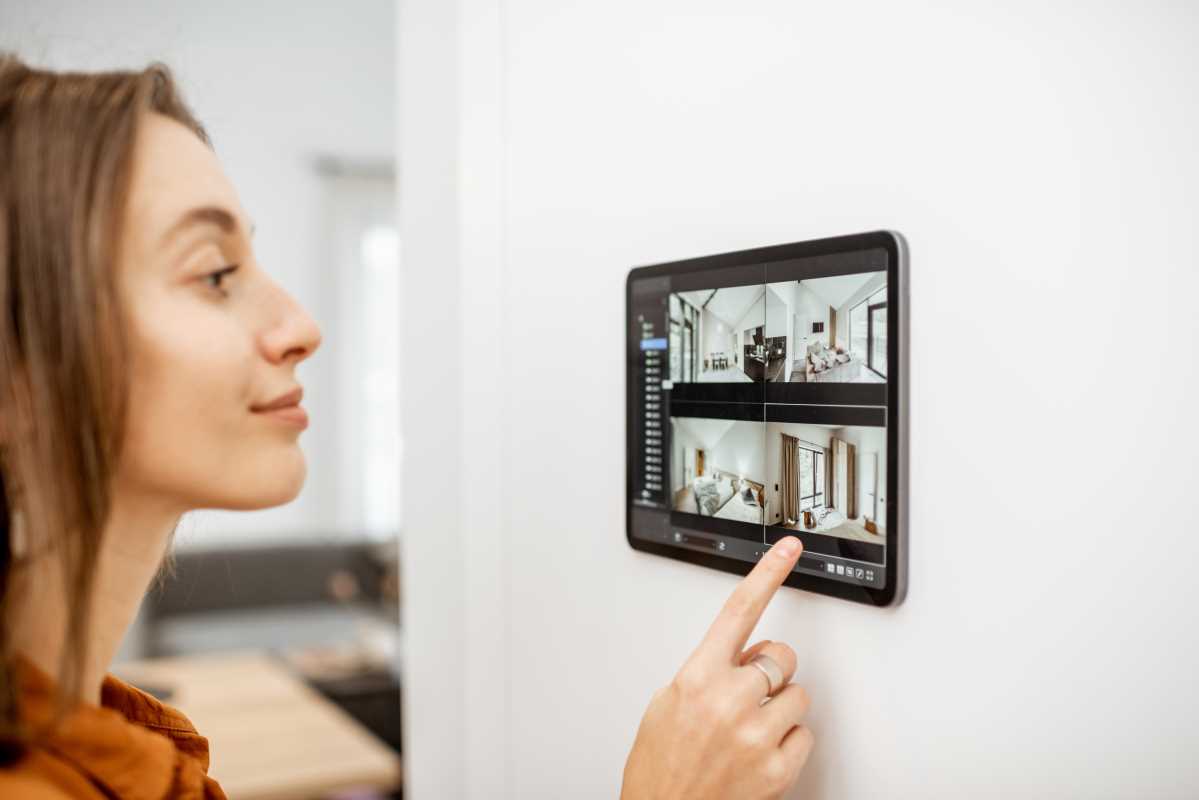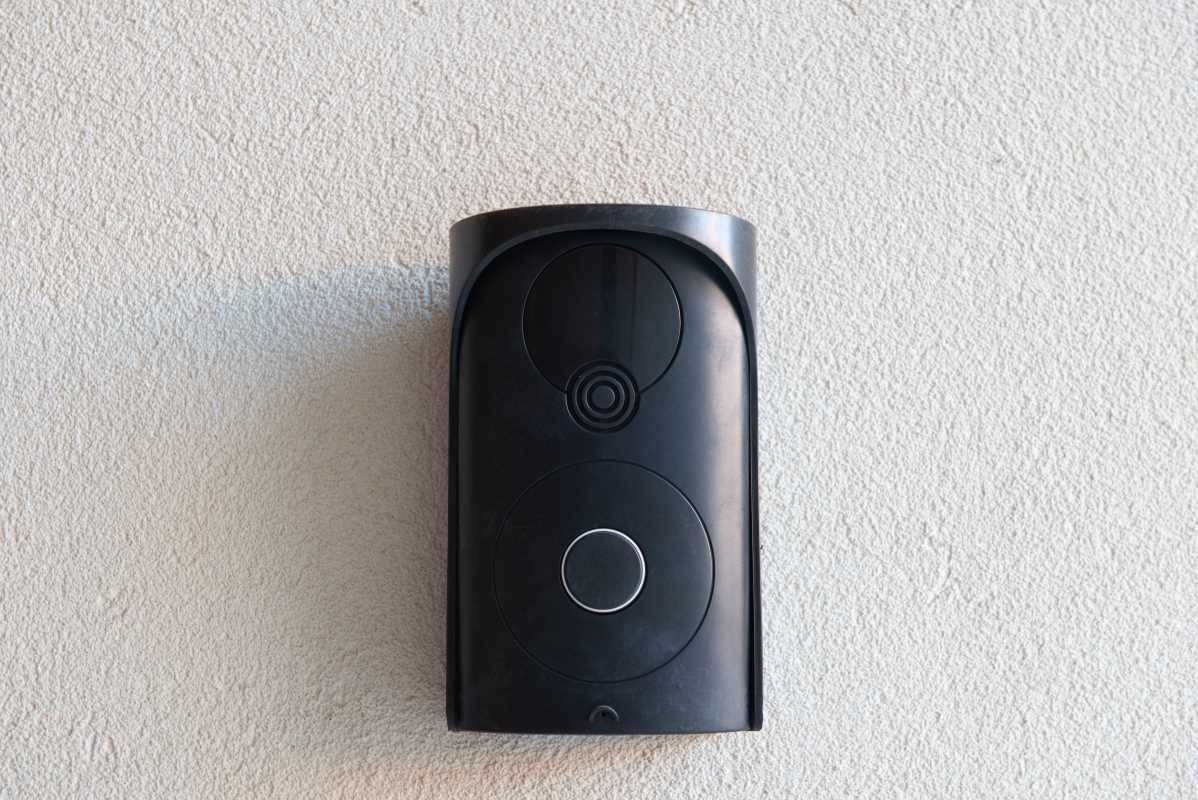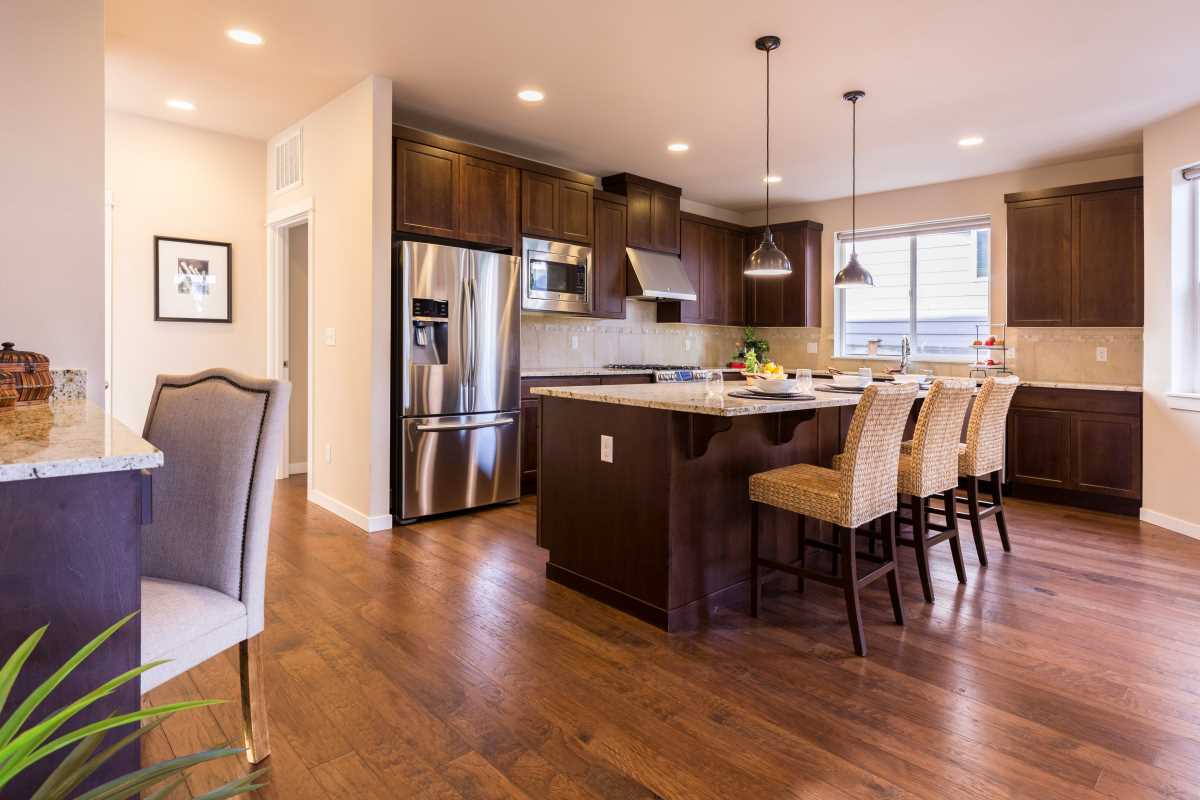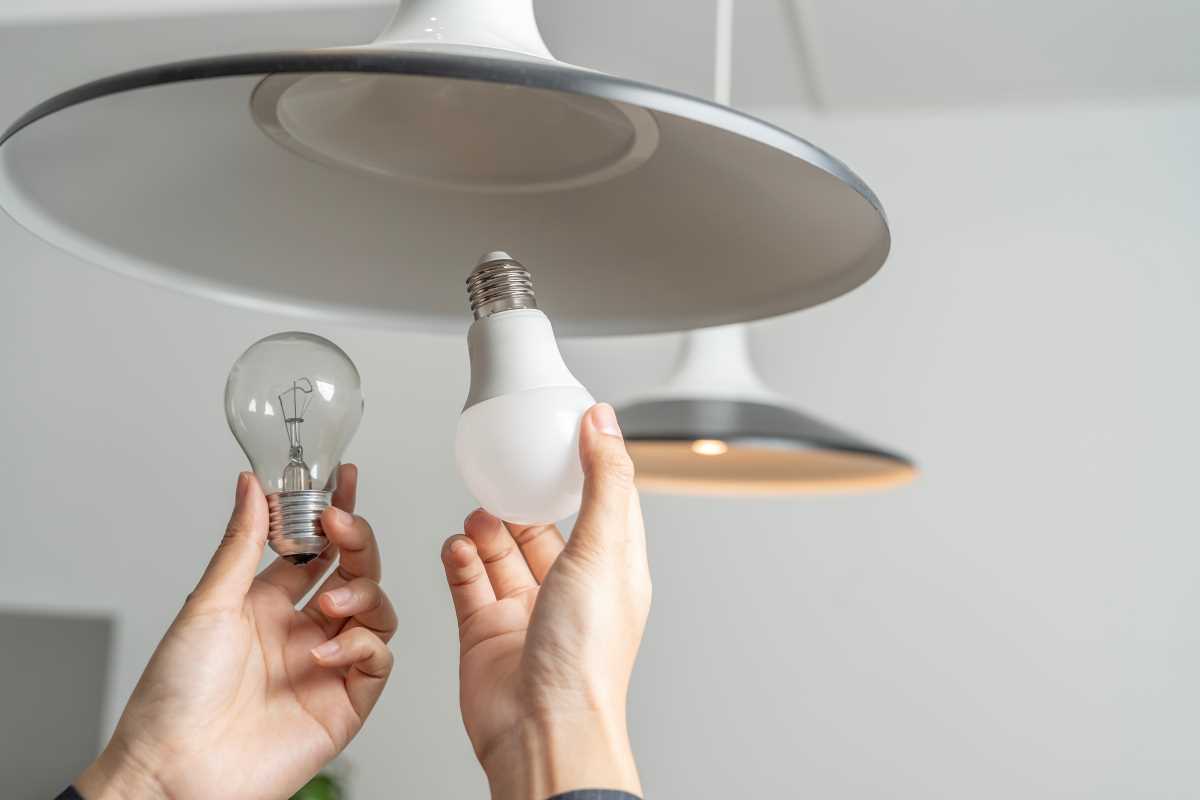Choosing the right home security devices can feel overwhelming, but this article breaks down the process into simple, manageable steps and offers helpful tips along the way. We focus on guiding you to select devices that ensure top-notch protection while allowing you to bypass the need for professional installation. Inside, you'll discover easy-to-follow instructions and relatable examples that empower you to shop with confidence. Whether you're a complete novice to security systems or just beginning to explore DIY options, this guide provides practical advice presented in an approachable and friendly manner, making your journey to a safer home a little easier.
Choosing a home security solution that you can set up by yourself means you don’t need to depend on expensive professional services. This approach not only saves you money but also lets you learn hands-on skills as you protect your property. The following sections guide you through the advantages, features, and tips to help you make the right decision when selecting a security device that suits your needs.
Why DIY Home Security Is a Smart Choice
Selecting a DIY security system allows you to personalize your approach and adapt the setup to your home environment. Many homeowners appreciate the control and flexibility that comes with installing their own equipment, especially when it means avoiding tough scheduling or additional fees from professional installers.
DIY security installations encourage a learning process. You get immediate insight into how your system functions, and you can tweak settings to best match your daily routines. This extra knowledge can be valuable if you ever decide to expand or modify your setup as technology advances.
- Save money by avoiding professional installation fees
- Enjoy simpler installation processes that many systems offer
- Have the flexibility to upgrade and change devices as needed
- Gain hands-on experience that builds confidence in managing your home security
These benefits help residents feel more in control of their home safety while enjoying the satisfaction of setting up a system themselves.
This approach is especially useful for anyone who wants to start small and gradually add more components to protect their home.
Essential Features to Look For
When shopping for security devices that don’t require professional installation, you should consider several important features. A good device combines dependable performance with simple operation. The following key aspects should guide your decision-making process.
Make sure to carefully compare products and read instructions to ensure you are investing in a system that meets your needs. By focusing on these aspects, you can make sure the devices are effective and easy to use.
- Ease of Installation: Find products with straightforward setup instructions and minimal hardware. Devices that snap together or use wireless technology reduce complications.
- Integration and Connectivity: Choose systems that connect easily with your current gadgets, such as your smartphone or tablet. This feature helps you monitor your home remotely.
- Battery and Power Options: Select devices with reliable power sources and long-lasting batteries. A good system will notify you when batteries are low.
- Durability and Weather Resistance: Confirm the equipment can handle various weather conditions if you plan to install it outdoors. Weather-resistant products are preferable.
- Smart Alerts and Notifications: Devices that send real-time alerts via text or email give you peace of mind with quick updates on any suspicious activity.
Prioritizing these features allows you to avoid common pitfalls such as unreliable connections or frequent battery replacements. A well-chosen system keeps you informed about what happens around your property.
Understanding and comparing these essential features will help you create a strong security network that is both practical and efficient.
How to Evaluate Device Reliability
To choose a dependable security device, start by reading customer reviews and product descriptions carefully. Look for extensive feedback from users who installed the product themselves. Reviews often highlight installation issues or recurring problems that professionals might overlook.
Another effective way is to check the manufacturer’s website for data on how long the device lasts, warranty periods, and update frequencies. Devices with active support pages show that the company is committed to the product’s longevity. This reassures you that any potential problems will get addressed quickly, keeping your security system operational.
Hands-on testing also helps evaluate reliability. If a retailer offers a return policy or trial period, use that time to test the device in your home environment. This personal trial can reveal practical aspects of the product’s performance that reviews might miss. Always test connectivity, alert systems, and the integration with your other home devices before making a final decision.
Applying these steps gives you a clear understanding of a product’s value, making it easier to pick a system that truly meets your security needs without relying on professional installation.
Comparing Top Options
When browsing popular DIY security systems, you may notice that many brands offer both wired and wireless solutions. Prices and features vary. A few key devices consistently earn praise for their ease of use and dependability.
Below is a comparison of popular devices that many users find effective:
- Ring Stick Up Cam: An affordable option with strong features and easy integration with mobile apps.
- Arlo Pro 3: Known for versatile installation options and high-quality video resolution.
- Home security devices like Blink offer a good balance between cost and functionality.
- SimpliSafe provides all-in-one kits designed for quick DIY setup and long-term use.
Each product has its own strengths. Some focus on indoor surveillance, while others add outdoor durability. Think about which areas of your home need monitoring and choose a product that best fits those needs.
When comparing these options, pay attention to the installation process as much as the features. A product might have advanced capabilities, but if setting it up is too complicated, it may not suit your needs. Therefore, simplicity and user-friendly design matter as much as performance.
What to Avoid When Shopping
While many options exist, you should be aware of common mistakes that can cost you time and money. Stay away from products with vague instructions or those that need frequent professional troubleshooting.
Watch out for these red flags as you compare products:
- Overly complicated setup instructions that require tools or extra cables.
- Products with unclear warranty policies or limited customer support.
- Devices that need frequent software updates without clear guidance for DIY users.
- High-maintenance systems that require constant battery changes or wiring checks.
- Systems with hidden fees or extra charges for additional features.
By avoiding these pitfalls, you reduce the risk of encountering problems that could compromise your home security. Choose products that focus on user-friendly design and clear support options.
Research each item carefully and rely on community feedback to identify potential issues that might not be obvious at first glance.
Where to Find Trusted Product Recommendations
If you are unsure where to start, reputable sources provide carefully curated lists of products that meet strict standards for reliability and performance. Trusted reviews can broaden your options and offer insights into installation successes and challenges.
Informed decisions create a safer home that you can manage with confidence. Take control of your security and enjoy the peace of mind DIY solutions offer.







